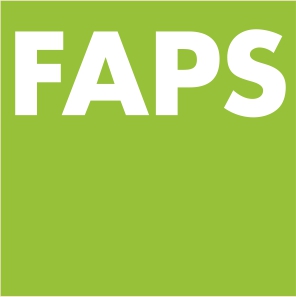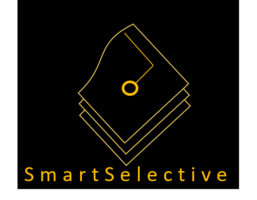Data based modelling of the selective wave soldering process to predict solder quality (SmartSelective)
|
Project term: |
- |
|
Contact FAPS: |
Nils Thielen (M.Sc.) |
|
Project partners: |
|
|
Associated partners: |
Trainalytics GmbH, Balver Zinn Josef Jost GmbH & Co. KG, Brückmann Elektronik GmbH, Ersa GmbH, EUTECT GmbH, Miele & Cie. KG, SEHO Systems GmbH, Vierling Production GmbH, Zollner Elektronik AG, Siemens AG, Rhode und Schwarz GmbH & Co. KG, Sk-tronic GmbH, SMT-elektronik GmbH, Rafi GmbH & Co. KG, Hella GmbH & Co. KG, Harting Electric GmbH & Co. KG, Kraus Hardware GmbH |
|
Sponsors: |
AIF, DLR |
Project description
Especially with the expansion of renewable energies and the evolution of electromobility, the industry’s interest in efficient and reliable power electronics is growing. The increasing significance of electronics likewise leads to heightened complexity of electronic assemblies with high currents and frequencies. Complexities include, among others, functional integration and the resulting high packing density on the circuit board to create maximum function in minimal space. Particularly critical is the selective wave soldering of SMT/THT mixed-assembled circuit boards with wired components, known as THT components (Through Hole Technology). The design for manufacturing (DfM) of THT solder joints is a key aspect for the competitiveness of electronic manufacturing.
Building on the SiWOLAK project, the project goal of the AIF-IGF project 22.131 N is the assessment of circuit board designs to support the development and manufacturing process with the help of machine learning (ML) techniques. The developed models offer the possibility to calculate solder progression and automatically recommend soldering parameters based on Gerber data, components, and process parameters.
Based on the developed models, a web application can then be developed to enable design assessment and process parameter estimation based on submitted data such as CAD & Gerber data. This makes it possible to reduce startup scrap and improve manufacturing quality. Both the verification of manufacturing suitability of circuit board designs during the development process with low modification costs, and the optimization of the wave/selective soldering process offer potential for cost savings. The project is accompanied by a comprehensive industry committee, consisting of 14 companies from soldering equipment manufacturers, EMS providers, electronic designers, component manufacturers, and consulting services.


